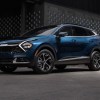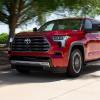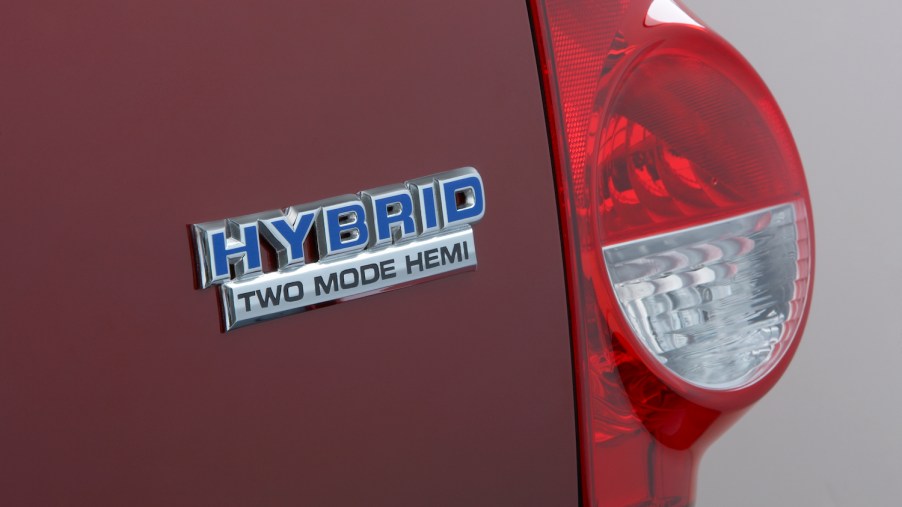
Dodge’s First Hybrid Has Come and Gone—and You Missed It
Quick, name the first hybrid vehicle by Dodge. If you said the upcoming Hornet crossover, you were wrong. The almost-forgotten first Dodge hybrid was a shortlived drivetrain option for the 2009 Durango SUV. The Durango’s 5.7-liter HEMI V8 hybrid predated the modern eTorque mild-hybrid system by a decade–and was jointly engineered with General Motors and BMW.
Daimler-Chrysler, BMW, and General Motors jointly designed a hybrid
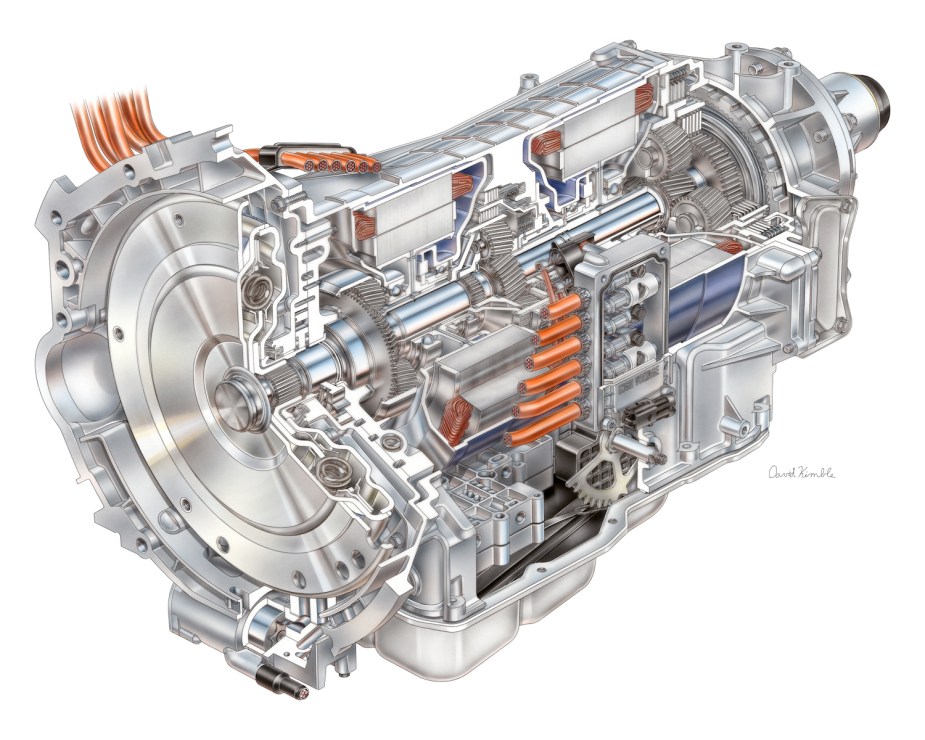
Way back in 2004, General Motors and Daimler-Chrysler joined forces to engineer a hybrid solution for full-size trucks and SUVs. They actually leased an office building in Troy, Michigan, where their engineers could work together. They were soon joined by BMW. The project continued even after Daimler-Benz and Chrysler Corporation split, making it a collaboration between four separate automakers–according to Green Car Reports.
The collaboration was called the Two-Mode Hybrid project. What it developed was, in many ways, ahead of its time. The final result was packaged as an automatic transmission that each automaker could pair with a number of engines. It had four traditional gears as well as two 87-horsepower electric engines. The unit also came along with a nickel-metal-hydride battery pack it charged through regenerative braking.
The project dubbed the unit an electric continuously variable transmission (eCVT). The goal was that in a truck or SUV, it could add enough torque to keep a large V8 within a very narrow RPM range for maximum efficiency. And by any measure, the technology accomplished its goal–even leading to the 2009 Dodge Durango hybrid SUV. But the timing could not have been worse.
The Two-Mode eCVT hybrid system went into production worldwide
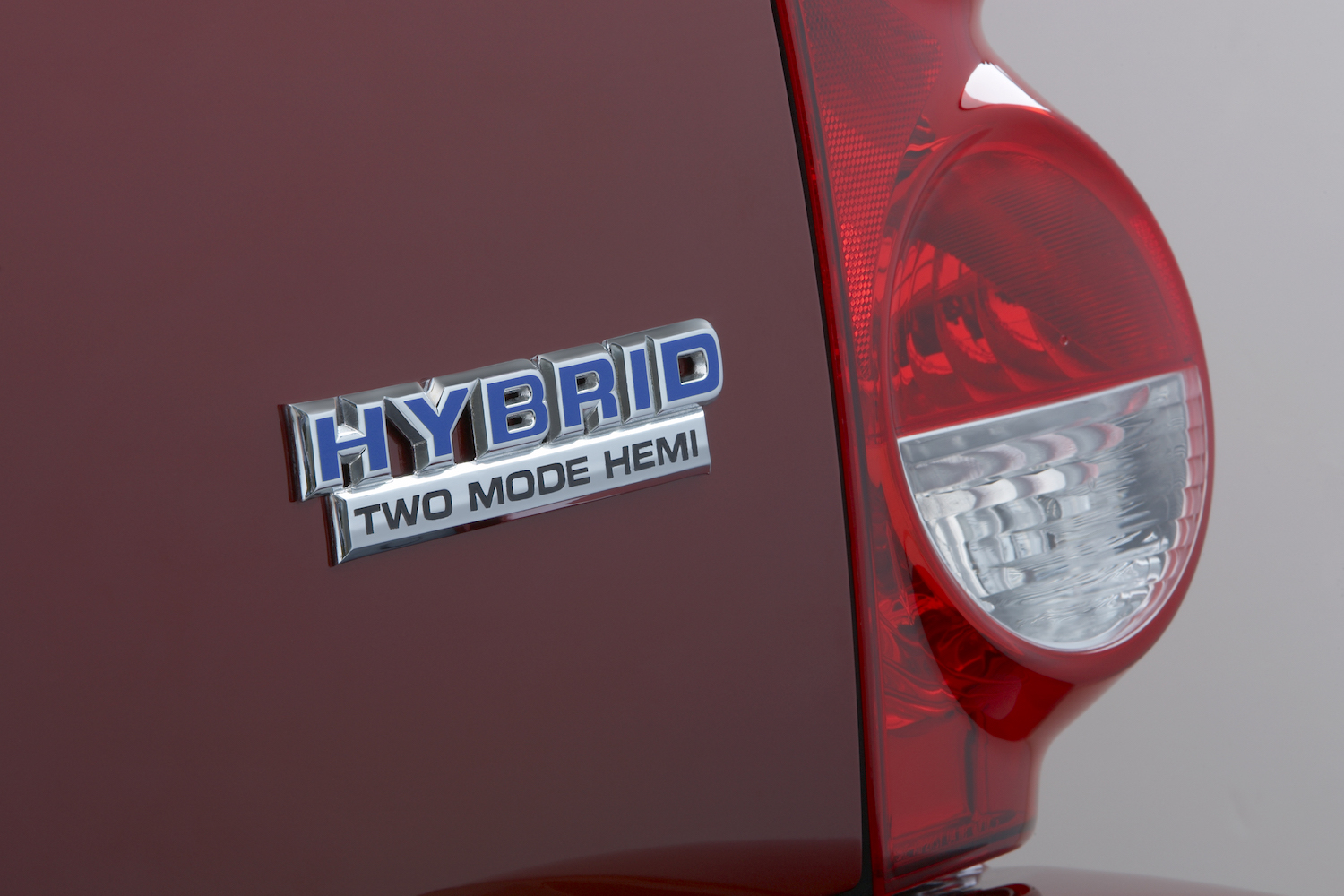
All four participating automakers incorporated the Two-Mode hybrid eCVT unit into their lineup. BMW and Mercedes assembled their own version of the Two-Mode technology in Stuttgart, Germany. You could order it in the Mercedes-Benz ML450 Hybrid or the BMW ActiveHybrid X6–starting in 2010.
In Detroit, General Motors paired the Two-Mode transmission with a 6.0-liter V8. This became the second generation of hybrid Chevrolet Silverado 1500 and GMC Sierra 1500 pickup trucks. The company ended up targeting both vehicles at fuel-conscious fleet owners.
Dodge put the hybrid transmission technology behind its 5.7-liter HEMI V8. While the automaker announced a hybrid Ram using this system, the truck never came to pass. Instead, Dodge only ever put the Two-Mode hybrid technology in its 2009 Durango SUV. The vehicle’s unfortunate timing saw the option canceled just weeks after it debuted.
Fiat Chrysler Automobiles killed the hybrid Dodge Durango
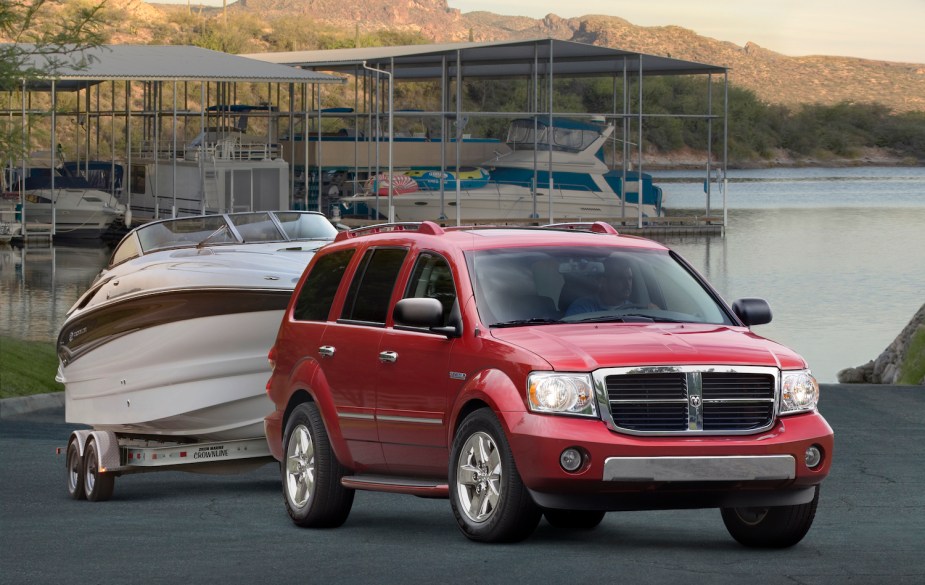
Dodge rolled out a hybrid option for its Durango SUV–and the mechanically identical Chrysler Aspen–for the 2009 model year. It only offered the hybrid HEMI with AWD. Still, it managed 19 city/20 highway MPG. It trounced the traditional HEMI’s fuel efficiency of 13 city/18 highway. Like most hybrids, it offered the most benefit during stop/go driving.
That same fall, a recession hit the United States. Chrysler Corporation ended up in such dire straits that it merged with Fiat, forming Fiat Chrysler Automobiles. The new company sought to reduce its cost by cutting down its lineup. It announced that future vehicles would leverage smaller Fiat gasoline and diesel engines to save fuel, and pivoted away from hybrid technology.
The planned second generation of the Two-Mode hybrid technology, leveraging a lithium-ion battery for improved performance, was scrapped. Edmunds cited the 2009 Dodge Durango hybrid’s $3,000 upcharge as one reason it failed. But by modern standards, that’s cheap for a full-size vehicle with a hybrid upgrade.
Dodge’s first hybrid, the Two-Mode 2009 Durango, ended up being an SUV that was not only ahead of its time–but in the wrong place at the wrong time. FCA built less than 800 Dodge Durango/Chrysler Aspen hybrids for 2009 before closing the factory where they were built.
Next, see the first electric Dodge Charger–a 1999 concept car or watch MotorWeek’s review of the Durango Two Mode hybrid in the video below:

